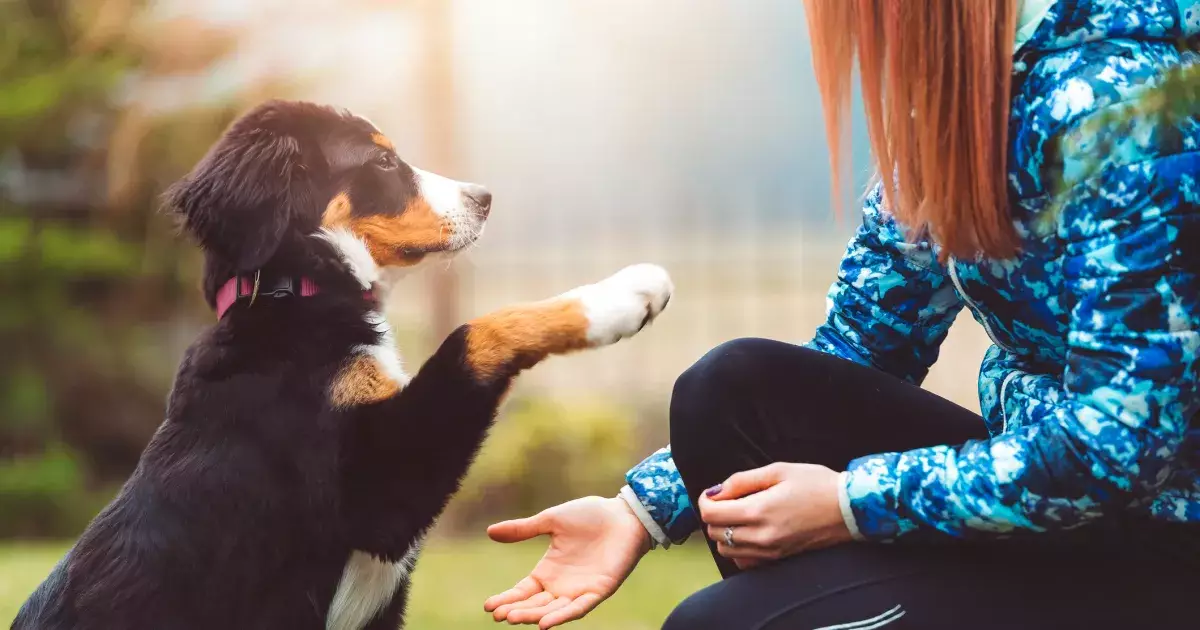January brings with it the celebration of National Train Your Dog Month—a timely reminder that teaching our furry companions is not only beneficial but also a delightful way to strengthen the bond shared. While the awareness of training might spike in early January, the fact remains: pet parents can initiate training any time of the year. It is a common misconception that some dogs may simply not be inclined to learn tricks. It is vital to understand that with dedication and effective methodologies, almost any dog—regardless of age, breed, or temperament—can master various tricks.
Implementing a structured approach toward training will enrich both pet and owner; it fosters an environment of mutual respect and understanding. Setting a resolution to engage in this training can mark the beginning of a year filled with enriching experiences alongside your canine friend.
To embark on the journey of dog trick training, one must adopt a mindset rooted in patience and consistency. The importance of positive reinforcement cannot be overstated; rewards like treats, enthusiastic praise, and affectionate petting offer the best results. Breaking the training into manageable segments enhances both engagement and retention—limit each session to a few minutes to prevent boredom. Ending each session on a positive note can further aid in reinforcing the behaviors you wish to encourage.
Consider starting with straightforward yet impressive tricks. For example, teaching a dog to give kisses on command provides an emotional connection. This can involve using a sticky object, such as tape, to create a target for your dog’s nose, signaling that a treat follows after they perform the task. Thoughtful preparation goes a long way in making the learning process an enjoyable adventure.
As you build confidence, transitioning to more challenging tasks, like barking on command, can increase the fun. For this trick, patience is essential. Allowing the dog to bark naturally before rewarding that behavior lays the groundwork for this advanced trick. Respecting the dog’s learning pace can foster a fruitful training atmosphere—remember, every dog has its unique speed.
The ‘Shake Hands’ trick is more straightforward but equally charming. Given that dogs instinctively paw for attention—especially when enticing them with treats—the command of “Shake” can be introduced seamlessly while they are reaching out. Repetition and consistency will ensure they grasp the concept quickly.
While games like fetch are staples in the canine world, not all dogs readily engage with the concept of retrieving. This can often lead to frustration. Strategies to ignite interest in fetching can include introducing various toys or even participating alongside your dog in the chase, thereby making it a shared experience. Pointer methods for teaching a dog to fetch involve rewarding them for the first attempts, gradually guiding them to bring the item back to you.
Equipped with the right knowledge, teaching tricks like ‘Roll Over’ is achievable. While it may seem daunting, splitting the action into a few stages can simplify the process. Lead your dog through each step slowly, and patience will pay off as they begin to move in sequence.
As the training progresses, learning advanced tricks such as ‘Play Dead’ can impress friends and family alike. While this trick entails more nuance than simpler commands, it’s rewarding to watch your pet execute it successfully. Utilizing a backward method—where you train the conclusion of the trick first—can often expedite the learning process.
A trick like ‘Spin’ teaches your dog a fun and engaging movement. Begin with treats to facilitate the movement, gradually transitioning to verbal cues. The joy of watching your dog execute the spin will undoubtedly heighten the bond you share.
Some tricks are not only amusing; they also promote physical health. Teaching your dog to ‘Sit Pretty’ offers a dual benefit of enhancing balance while allowing for cute photo opportunities. However, always ensure your dog is physically fit for these activities; if they have pre-existing health conditions, consult a veterinarian before proceeding.
Lastly, a trick that induces heartwarming responses is teaching your dog to hug. When trained correctly, a dog can approach you and wrap their paws around you, solidifying a bond that elicits “aww” reactions from anyone who witnesses it. As with all the tricks listed, it is crucial to foster an environment of patience, especially if your dog is new to certain commands.
Teaching tricks to your dog is more than just a nifty parlor trick; it deepens the bond you share while enhancing your dog’s cognitive and physical skills. So gather those treats, roll out the training mats, and unlock the plethora of potential within your canine companion! Remember, every trick mastered is a step toward a richer relationship with your furry friend.


Leave a Reply